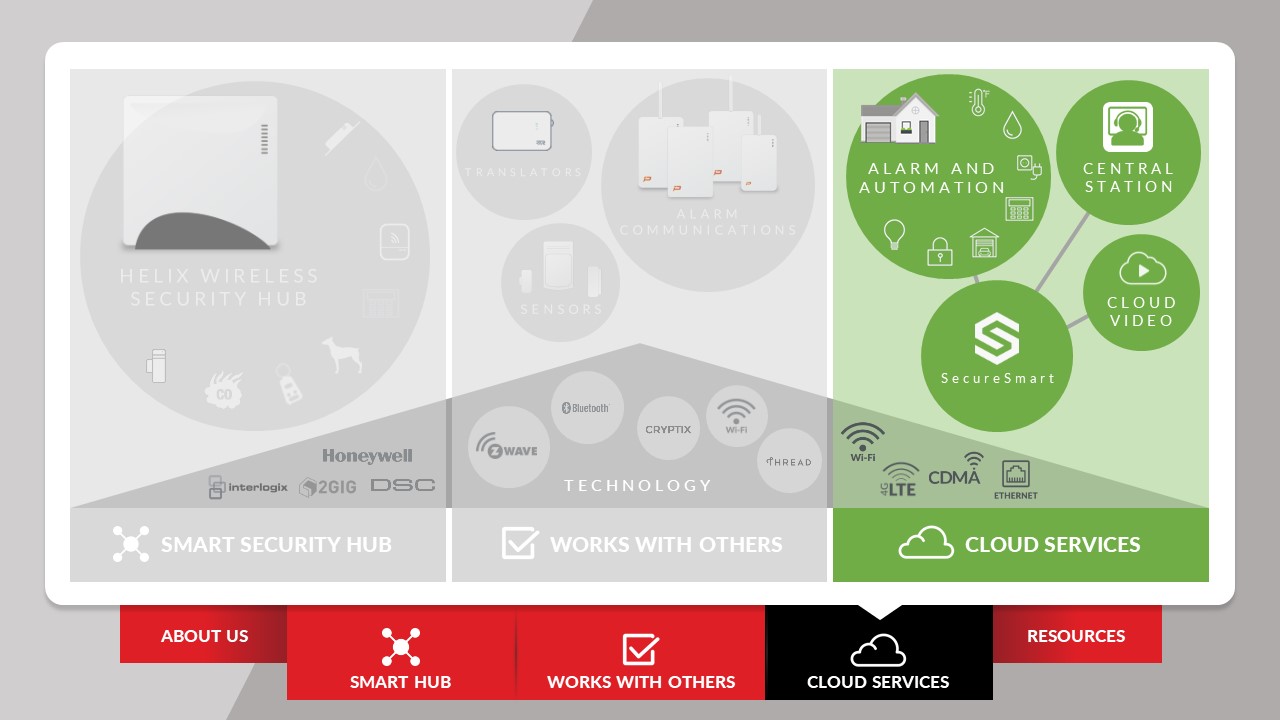How to make a product presentation that will involve the client?
Today we share with you the recommendations of Luke Goetting (Luke Goetting) -
recognized expert in creating business presentations, director of Puffingston Presentations.
But we will begin with the words of Jill Konrath , an expert on comprehensive sales strategies.
She describes the scale of the disaster as follows:
" 95% of those presentations that I have seen (and maybe even more),
in fact, they reduce the chances of success . They are long and fully dedicated to the company-seller, its products, its services. Blah blah blah".
You probably also felt more than once the pain of working with traditional PowerPoint slides:
a linear presentation — with a predetermined sequence of display — simply does not match the dynamics of live communication with customers .
As a result, there is a choice: to show all the slides that are, in the order in which they are, or to completely abandon them.

But what if the slides were more ... interactive ?
What if you could easily move to the content that is most interesting to a potential client? This is where the concept of interactive, non-linear slides lies.
Simply put, instead of one long story, you get a set of mini-presentations and choose the right one based on the interests of the interlocutor.
This will save you from having to show all the slides in order. Just use the navigation menu (like on websites or in mobile apps) and use it to go to a particular part of the presentation.

Such an interactive approach gives an optimal result : relevant and interesting slides, which only complement your dialogue with him, and do not predetermine his course.
Here are three examples of using non-linear slides for a more natural presentation:
1. If your company works in three main areas , put them on a separate slide and let the other person choose the one of their greatest interest. Then go to the corresponding set of slides.
2. If you have a “success story” that perfectly answers the client's question, go to the slide with all such stories and select the one you need.
3. If the meeting time comes to an end, go to the section called for action and complete the transaction.
Well, in general, you understand.
How to make interactive slides?
You can navigate through slides in any presentation editor. It is quite simple - no special add-ons will be required.
In PowerPoint , Google Slides and Keynote, you can turn any text, shape and anything else into a navigation button using a hyperlink - in this case, it will simply direct you not to an external site, but to other slides within the same presentation. Voila!
The Prezi editor is still easier, because it initially provides for grouping content into separate sections that you can navigate.
How to optimize content for non-linear presentation?
To get started is:
- analyze how your meetings with potential clients usually take place (or how you would like them to pass);
- determine at which stages it is best to request feedback from the interlocutor.
The starting point, of course, will be a slide with a list of your products and services:
“Which of these services are you most interested in?” Fine!"
Navigate to the desired section with one click.
Other pivot points:
The level of detail: start with a small portion of the content on a particular item (about 5 slides). Then, evaluate whether the interviewee is interested in receiving more detailed information or it is better to switch to another topic.
Interlocutor's personality type: it is easier to convince some customers with the help of detailed statistics, others with more conceptual, strategic things. Personalize content for each of these roles.
Industry: Do not waste time preparing (and keeping up to date) numerous presentations for each of the industries you work with. Just one document with separate sets of “industry” slides and the ability to navigate through them.
Success stories: why confine to one pre-selected example? May they all be at hand. Then you can choose on the go the one that will cause the greatest response from a particular interlocutor.
Frequently asked questions: not yet ready to use an interactive approach for the main part of your presentation? Save it for slides with the most frequently asked questions and answers to them - so you will definitely be fully armed!
Interactive slides simplify the task of justifying the value of your product or service for a particular customer. If earlier during the presentation you were forced to rely only on previously “acquired” information, then you will now be able to adapt on the go and, if necessary, redistribute the accents.
If earlier you had a dozen versions of the same presentation (after all, each new meeting required its own), now you will have only one version , but you can present it in a dozen different ways .
Well, and finally, if earlier you were in a hurry to flip through 20+ slides and only then asked for feedback from the interlocutor, then now you can receive his feedback directly in the process and adjust accordingly.
Jill Konrat interviews with Luke Götting as part of the Engaging Presentations video series.
')
Source: https://habr.com/ru/post/452418/
All Articles